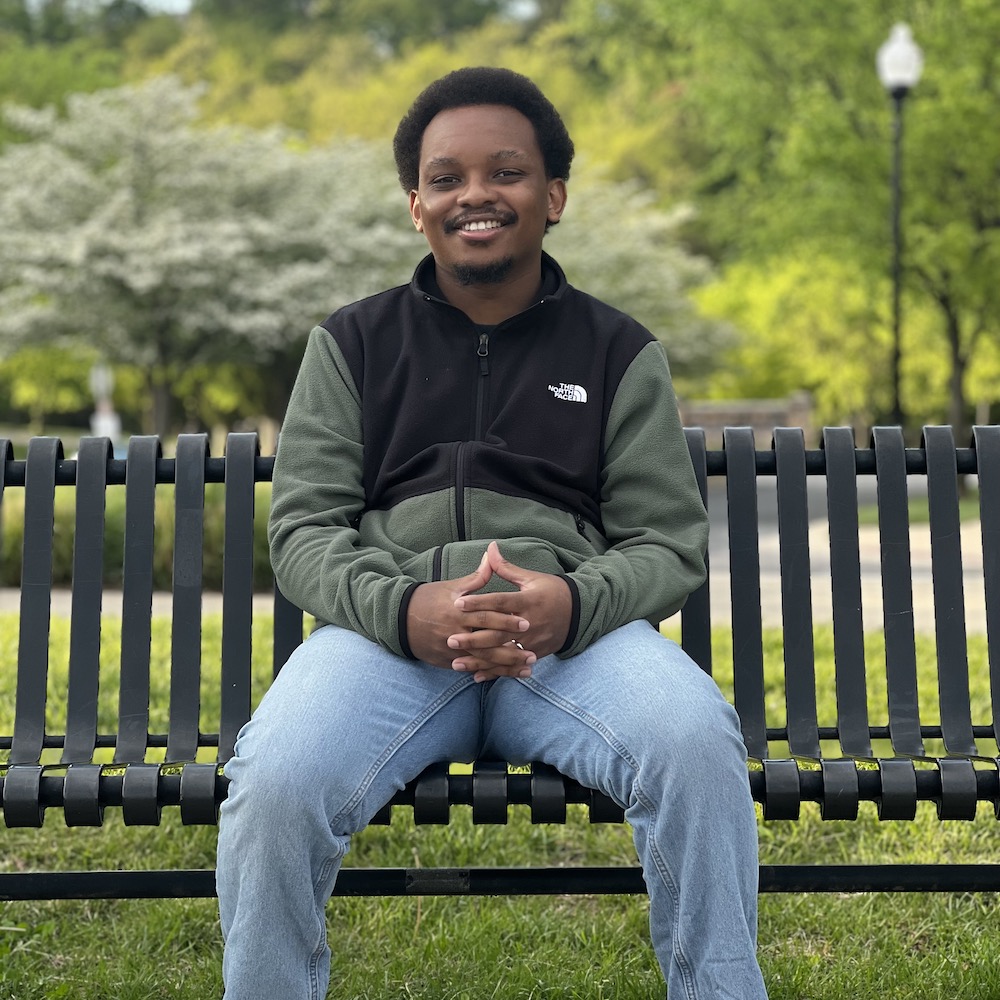The expression of creative skill can come in many forms, such as paintings, drawings, music or literature. But with the advancement of technology, art can now cross boundaries beyond its traditional forms.
Artist Ryan Hoover hosted a tour Tuesday morning for Baltimore Innovation Week 2019 at the Maryland Institute College of Art’s (MICA) Bio Fab Lab to discuss his work with students and researchers on several biofabrication courses.
Biofabrication is the blurring of art, science and technology to produce complex biological products from raw materials such as cells and molecules. And Hoover has only scratched the surface of its implications.
“We’re thinking about so many different applications and figuring out how to best tell that story through different methods,” Hoover said.
Hoover teaches a lab course where he works with student artists and an oyster scientist based on the Eastern Shore to create biocement, a construction material formed by soil-based bacteria, in order to restore oyster populations in the Chesapeake Bay.
Hoover meets with students each week to test processes for creating biocement. This involves using bacteria to pull dissolved calcium to cells to create calcium carbonate crystals around the cell.
“We’re trying to figure out what we can do to make this a feasible material,” he said. “We want a structure that’s all biocement.”
This project has not only provided these student artists a unique outlet, but it’s changed how they view their craft as well.
“As artists, there’s a responsibility for sustainable practices,” said Tyler Brunner, a senior sculpture major in the course. “Doing work like this in a biological framework is beneficial to thinking about that differently.”
Hoover also leads an intro to biofabrication course, which discusses the basics of how nature creates things and how artists can learn from that concept. Students in that class have produced a plethora of unique products — from colorful art in petri dishes using bacteria modified with jellyfish genes to synthetic, animal-free wool formed from hair follicle germ cells.
Thinking long-term, there is also a course titled Grow the Future that allows students to speculate and experiment in the lab about what biotechnology will be possible within the next 15 years.
Wyatt Accardi, a student artist in the lab course, said working on biofabrication with others from different academic backgrounds gives students a chance to prepare for the professional realm.
“Having that opportunity to work in collaboration with people that also care about something is far more beneficial in a lot of ways to what happens in the real world once we graduate,” Accardi said.
Though Hoover’s teaching concludes at the end of the school year, his work could have lasting implications for future students and researchers.
“We’re not just operating with the people in our classroom,” Brunner said. “In a sense, we’re collaborating with people in the future who we’ve never heard from. It’s a continual process that leaves something for them to be able to work with.”
Before you go...
Please consider supporting Technical.ly to keep our independent journalism strong. Unlike most business-focused media outlets, we don’t have a paywall. Instead, we count on your personal and organizational support.
Join our growing Slack community
Join 5,000 tech professionals and entrepreneurs in our community Slack today!





